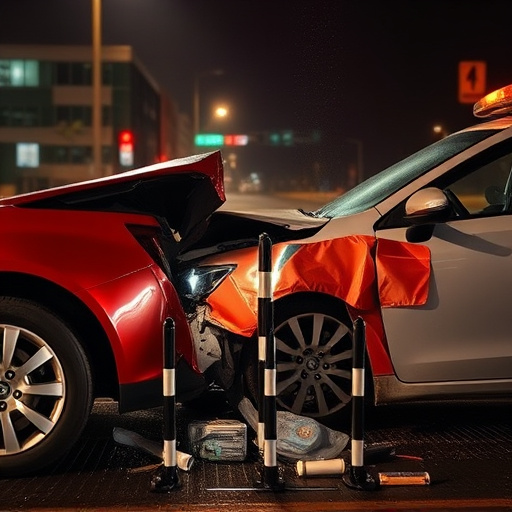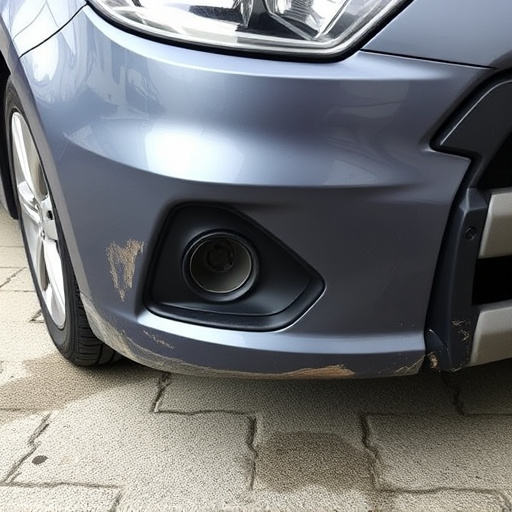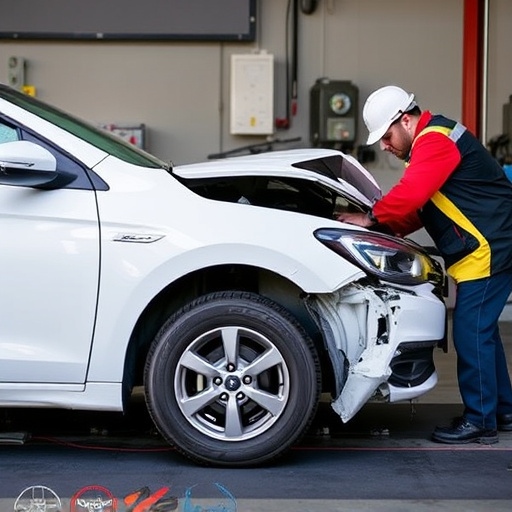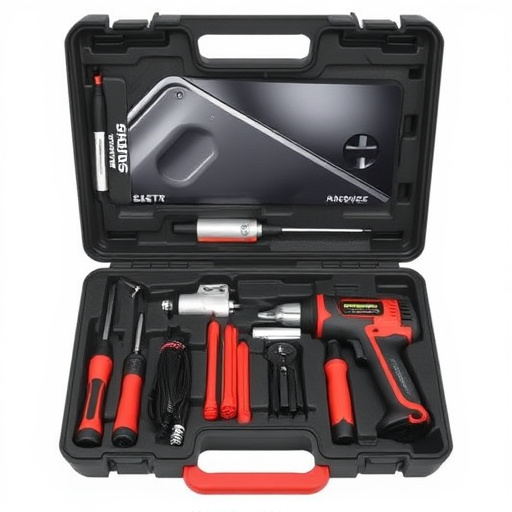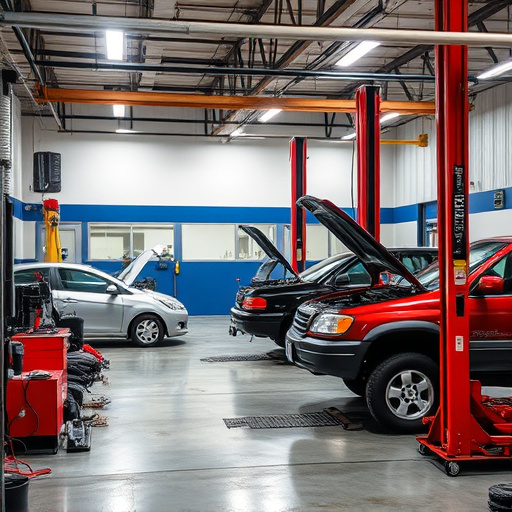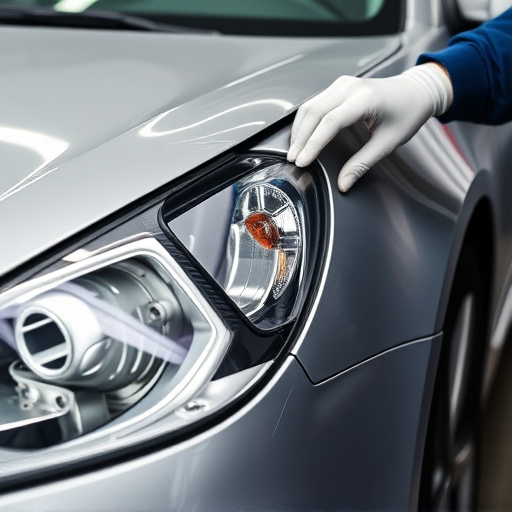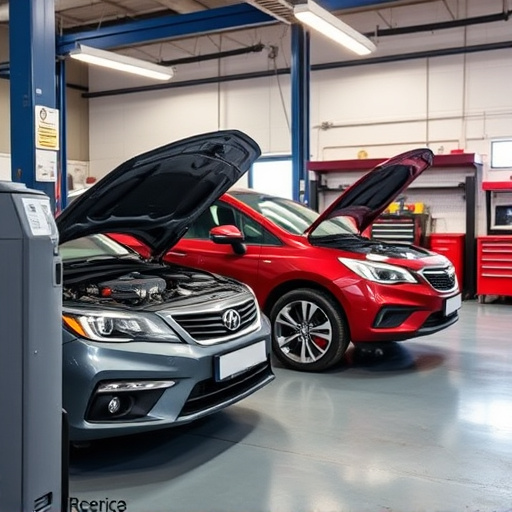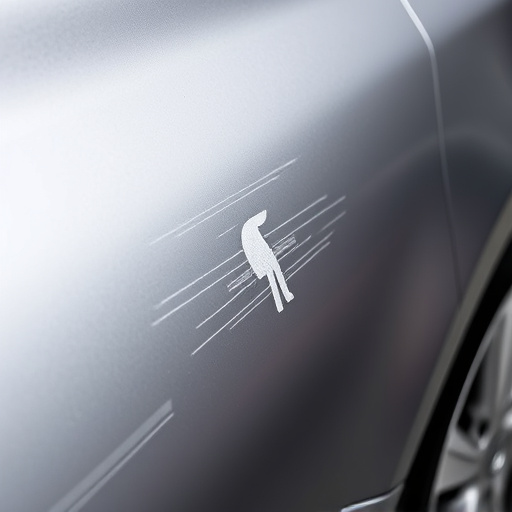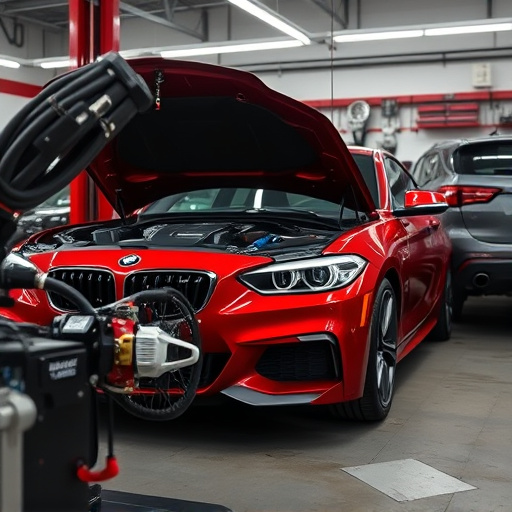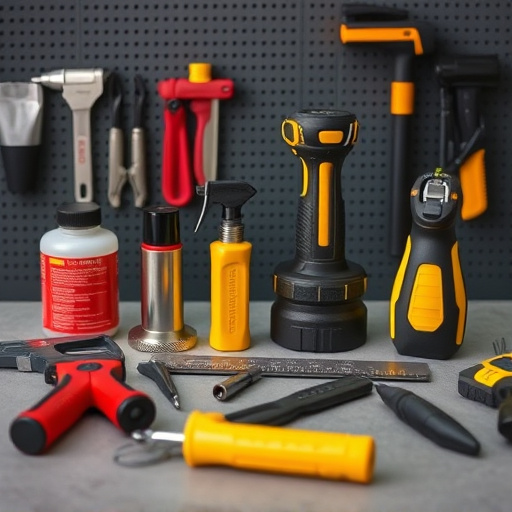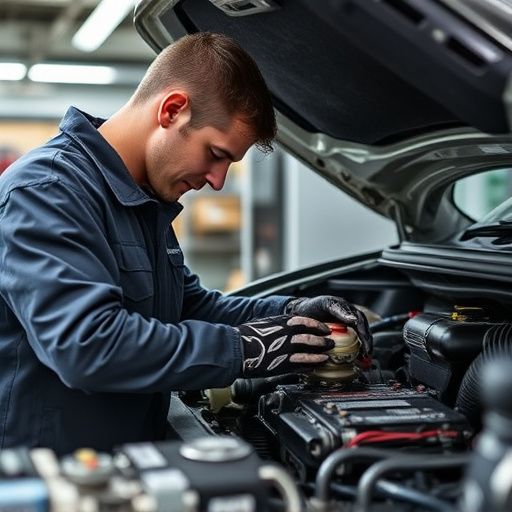OEM repair procedures establish quality standards for car repairs, ensuring safety, accuracy, and efficient completion. These protocols by manufacturers guarantee correct parts, techniques, and integrity, minimizing errors and risk. Adherence maintains brand consistency, boosts consumer confidence, and delivers vehicles meeting the highest performance and safety standards.
OEM repair procedures play a pivotal role in ensuring vehicle quality and safety. This article delves into the intricacies of these procedures, highlighting their foundational importance in maintaining high standards. We explore critical safety measures implemented by Original Equipment Manufacturers (OEMs) and how consistent application of these procedures guarantees reliable repairs. By understanding OEM practices, we can appreciate the meticulous steps taken to safeguard drivers and the overall integrity of vehicles on the road.
- Understanding OEM Repair Procedures: A Foundation for Quality
- Safety Measures: Critical Components of OEM Repairs
- Ensuring Consistency and Reliability through OEM Procedures
Understanding OEM Repair Procedures: A Foundation for Quality

Understanding OEM Repair Procedures: A Foundation for Quality
OEM (Original Equipment Manufacturer) repair procedures are meticulously designed protocols that form the backbone of any reputable car repair service or auto maintenance program. These procedures ensure that every step of the repair process adheres to the highest standards, mirroring the quality and safety measures set by the vehicle’s original manufacturer. By following OEM guidelines, skilled technicians can accurately diagnose and rectify issues with car body restoration, ensuring not just functionality but also preserving the vehicle’s structural integrity.
Implementing these procedures guarantees that auto maintenance is performed using the correct tools, parts, and techniques specified by the manufacturer. This meticulous approach to car repair services minimizes errors, reduces the risk of further damage, and enhances overall safety. Moreover, adhering to OEM guidelines facilitates the efficient completion of repairs, ensuring customers receive their vehicles back in a timely manner without compromising on quality.
Safety Measures: Critical Components of OEM Repairs
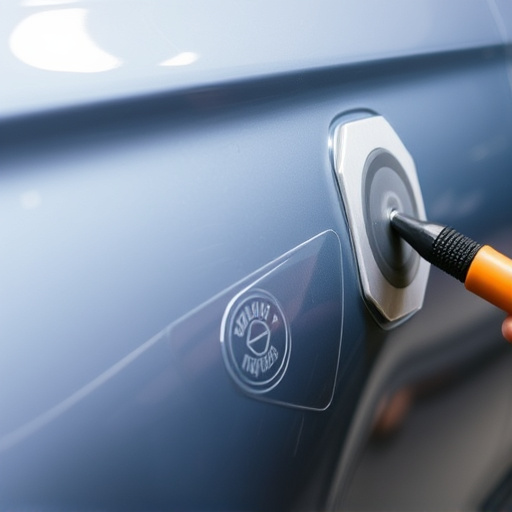
In the realm of OEM repair procedures, safety measures serve as the cornerstone upon which quality and reliability are built. These meticulous processes, designed for both original equipment manufacturer (OEM) parts replacement and car bodywork services, prioritize the well-being of technicians and end users alike. From donning specialized protective gear to adhering to stringent industry standards, automotive body shops that excel in OEM repairs invest heavily in ensuring every step of the process is safe and precise. This commitment extends beyond compliance, aiming to prevent accidents, minimize risks, and ultimately deliver vehicles that meet the highest safety standards.
Safety isn’t merely about the physical aspects; it permeates every facet of the repair process. Skilled technicians at reputable vehicle body shops understand this, meticulously inspecting components, utilizing advanced diagnostic tools, and carefully calibrating replacements to ensure they are not only original equipment quality but also perfectly suited for the specific vehicle. This meticulous attention to detail, combined with safety-focused protocols, results in vehicles that not only look good as new but also perform optimally and safely on the road.
Ensuring Consistency and Reliability through OEM Procedures
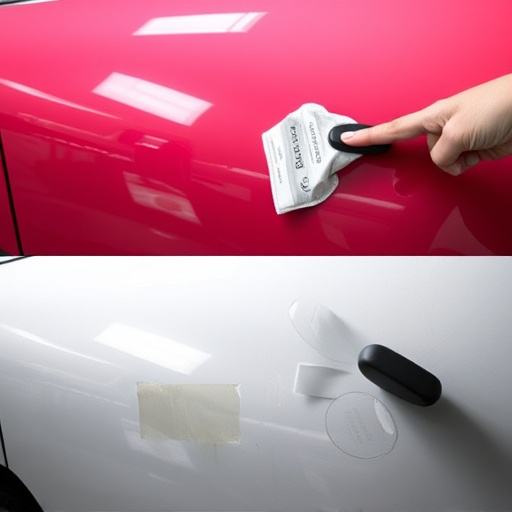
Original Equipment Manufacturer (OEM) repair procedures are designed to maintain consistency and reliability across all vehicles produced by a particular brand. These standardized protocols ensure that every auto glass replacement, car body shop repair, or auto maintenance task is performed according to the manufacturer’s exact specifications. By adhering strictly to these procedures, trained technicians can guarantee that each vehicle returns to its original state, with optimal safety and performance standards met.
This meticulous approach not only preserves the integrity of the vehicle but also bolsters consumer confidence in the repair process. When a car body shop follows OEM guidelines, customers can rest assured that their vehicles are in capable hands, subject to the same rigorous standards set by the manufacturer for quality control and safety.
OEM repair procedures are a cornerstone in ensuring both quality and safety across automotive industries. By adhering to these meticulous processes, manufacturers guarantee consistent and reliable repairs, ultimately contributing to enhanced vehicle performance and driver confidence. These procedures serve as a comprehensive guide, addressing every aspect from component replacement to safety inspections, thereby fostering a high standard of craftsmanship. Embracing OEM repair procedures is not just a best practice; it’s an imperative for maintaining the integrity and longevity of vehicles on our roads.
